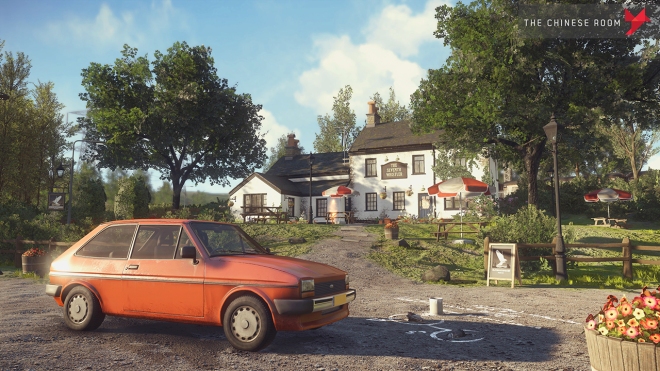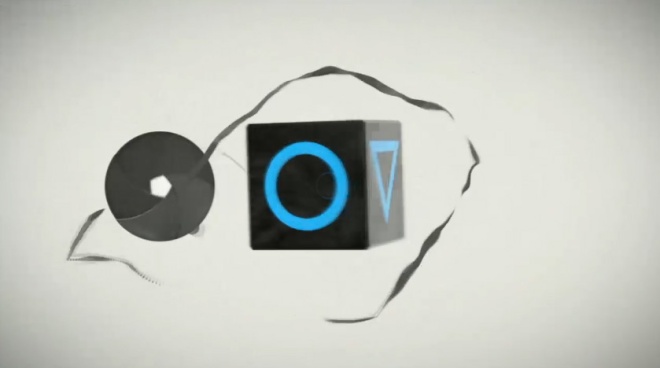Readers, visitors, skimmers, listeners, and everyone in between – it’s been fun.
Today, my Digitalchemy blog comes to a close. I started it back in 2007 during my Game Design studies at the Cleveland Institute of Art, and could never quite shake the habit. I’ve gotten so much out of it, some of which lead to getting published at reputable outlets including Engadget, Polygon, Venturebeat (formerly Gamesbeat) and Gamasutra. But it’s time to move on.
For years, I have been wanting to make my blog a wing of my official design portfolio website. So, I’ve taken the best from this one (including the new podcast) and started fresh.
The second episode of Screen Looking will be dropping tomorrow morning at the new location. If you’d like to stay tuned-in, please subscribe to the new blog’s RSS feed instead. If you subscribed to the podcast through iTunes or the Podcasts app, you should be automatically moved over to the new feed. In the event you don’t see the new episode tomorrow or this week, simply resubscribe to the show (unsubscribe, search for it again and then resubscribe) to switch over to the new feed.
The only reason I’m not closing this blog outright is because of the Photoshop tutorial I made a while back, which has by far been the most read post here. I still receive comments from real people every year, and – as of today – it’s received nearly a quarter-million views. Eventually, that one will come with me to the new spot as well. I’m glad at least something from here was useful to a lot of people out there, finding their way through some insane design task their boss is putting them through.
As I write this, I’m getting flashbacks to packing up my desk on my last day in art school, taking a break to hastily write a post to commemorate the occasion. If you’re out there, dear reader, I’ll leave you with this: if maintaining this blog has reinforced anything to me, it’s that we are always in a state of learning.
Happy gaming, and I’ll see you in the next warp room.
Enjoy your summer. Look out for zombies.
– Andrew Kuhar





 Andrew Kuhar: What lead you to explore the English countryside as the right home for this take on the end of the world?
Andrew Kuhar: What lead you to explore the English countryside as the right home for this take on the end of the world?



